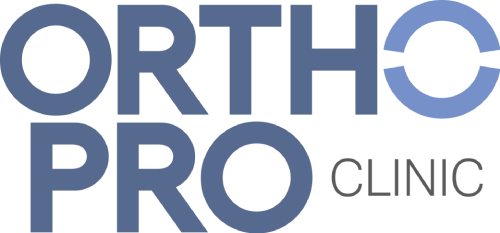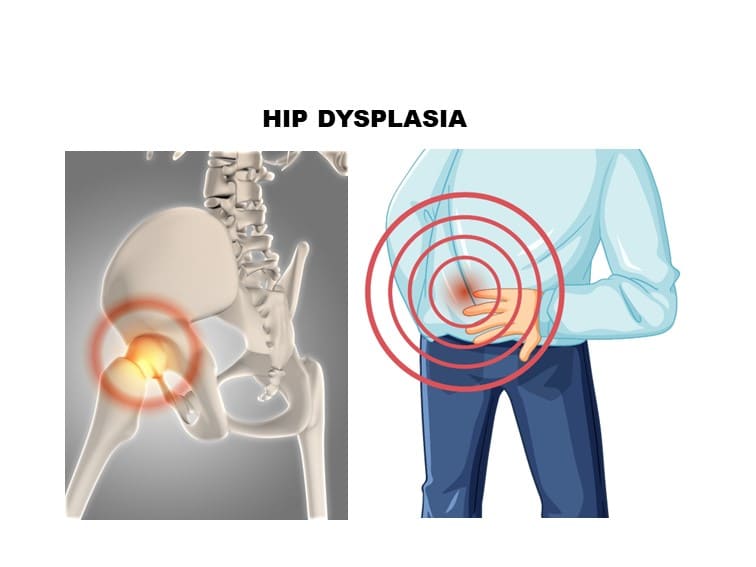Hip Dysplasia Causes
The ball portion of the upper thigh bone fits into the hip socket and forms a stable ball and socket joint for smooth movement. If the socket doesn’t fully cover the ball portion, then the condition is known as hip dysplasia. It damages the cartilage lining the hip joint and the labrum (the soft cartilage) that covers the hip joint’s socket – hip labral tear.
This condition is mostly present in a child shortly after birth. However, if the condition is mild, then it doesn’t cause any symptoms until the child grows into a teenager or young adult.
Hip Dysplasia Symptoms
The signs and symptoms may vary according to the age group. During infancy, the mother can easily notice less flexibility in one hip than the other. The child limps as he or she begins to walk. One leg of the child seems to be longer than the other.
In teenagers and young adults, hip dysplasia can cause painful conditions such as hip labral tear or osteoarthritis. The pain in the hip and groin region increases with activity. Some persons may experience a sensation of instability in the hip joint.
Hip Dysplasia Causes
The problem mostly begins at birth. At this time of a person’s life, the hip joint is made of soft cartilage – which becomes hardened into bone. The ball and socket joint fit together perfectly as a mold. But when the ball fails to fit firmly into the socket – it remains shallow and does not fully form around the ball.
The hip joint moves out from its position during the last month before birth due to the space within the womb becoming crowded. The reduction in space in the womb may be due to the large size of the baby, first pregnancy, and breech presentation.
Hip Dysplasia Risk Factors
The risk increases if babies are born in the breech position. The condition is common in girls and also runs in families.
Complications
Hip dysplasia causes this condition: Hip dysplasia can lead to hip labral tear over time as it damages the labrum (the soft cartilage that rims the hip socket). The risk of osteoarthritis increases in people who have hip dysplasia.
Treatment
For children a variety of treatment options are available. The treatment depends on the extent of hip damage and the age of the child. For mild to moderate cases, orthopedic doctors treat the child with a soft brace. For babies older than 6 months, braces won’t work well. The orthopedic doctor repositions the bone in the proper position and then uses a full body cast to hold the hip joint in a proper position.
However, in severe cases, doctors correct the hip socket by cutting it free from the pelvis and then repositioning it so that it matches perfectly with the ball. The procedure is known as periacetabular osteotomy.
In older people, dysplasia can severely damage their hip joints leading to debilitating arthritis. For older people, hip replacement surgery remains an option.
Bottom Line
In older children, young adults, and older people, orthopedic doctors recommend surgery to move the bones into the proper position for proper movement of the joint.


